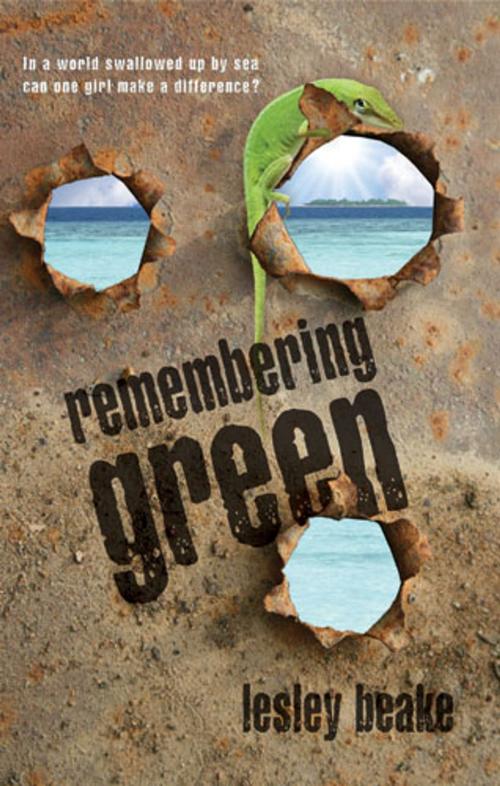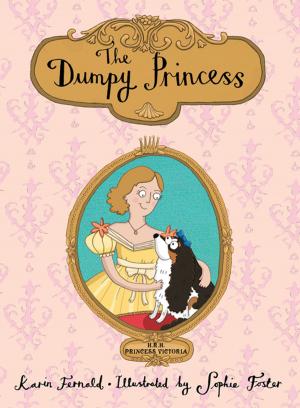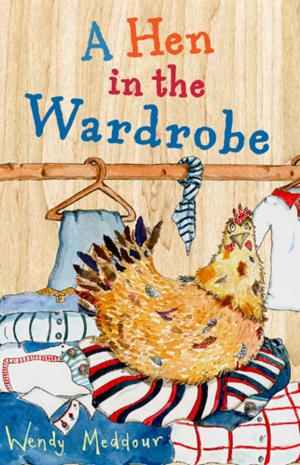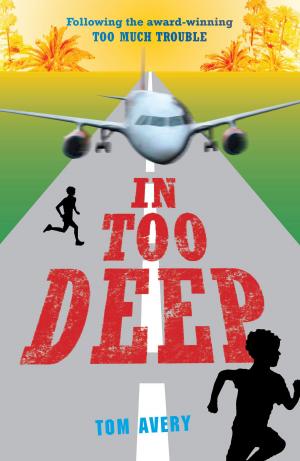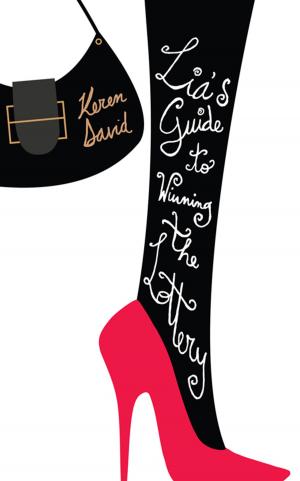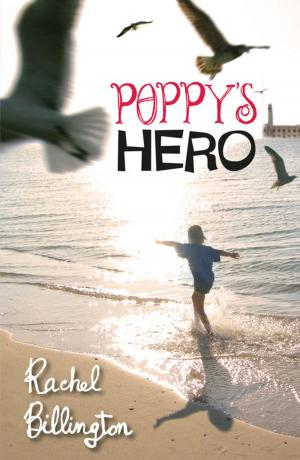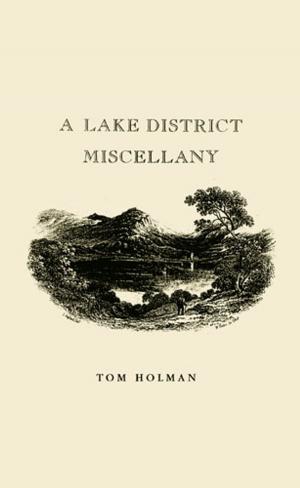| Author: | Lesley Beake | ISBN: | 9781907666193 |
| Publisher: | Frances Lincoln | Publication: | September 3, 2009 |
| Imprint: | Frances Lincoln Ebooks | Language: | English |
| Author: | Lesley Beake |
| ISBN: | 9781907666193 |
| Publisher: | Frances Lincoln |
| Publication: | September 3, 2009 |
| Imprint: | Frances Lincoln Ebooks |
| Language: | English |
Our planet is always in a state of change. Some of these changes - climactic and geological - have led directly and indirectly to the way we are today, providing triggers for adaptation. We as humans may have had more influence on that change as our population increased relentlessly, but it is always with us.
Cut to the future …
The first two centuries of the second millennium were disastrous. Africa, as the most climatically vulnerable continent, suffered enormously. Whole populations were wiped out and only in isolated places did technologically minded humans survive.
But there were other survivors too - those who still preserved the more environmentally friendly life-style of previous times - those who were not greedy.
Three cultures are represented in the three books of this series. In book one - Remembering Green - we begin the story with Rain, who is soon to be initiated as a wise woman of the River People living along the banks of the Limpopo River. Rain has custody of the River People's Rain Animal - a lion cub called Saa.
Rain and Saa are captured by Tekkies - people from the south who have managed to cling onto their old lifestyle by fortifying Table Mountain, which is now an island. There Rain meets, and falls in love with, Ghau, a boy from the Desert People of the Kalahari. There is a third major character, Tugela, who comes from the mountains of the east. These three, known as the Rain Children, are the hope of Africa and survival.
Their stories are interwoven as they must work together - with the lion Saa - to make the old ways work again and to overcome the Tekkies and their greed.
They must do this as the Tekkies begin to run out of even the last resources they have stolen from the land. They can no longer make water. Their fuel has all but gone. They are desperate.
But there are also signs of hope as the climatic cycle begins to swing. The planet is in recovery - and the Rain Children are ready to lead their people into a new time.
Cut to the future …
The first two centuries of the second millennium were disastrous. Africa, as the most climatically vulnerable continent, suffered enormously. Whole populations were wiped out and only in isolated places did technologically minded humans survive.
But there were other survivors too - those who still preserved the more environmentally friendly life-style of previous times - those who were not greedy.
Three cultures are represented in the three books of this series. In book one - Remembering Green - we begin the story with Rain, who is soon to be initiated as a wise woman of the River People living along the banks of the Limpopo River. Rain has custody of the River People's Rain Animal - a lion cub called Saa.
Rain and Saa are captured by Tekkies - people from the south who have managed to cling onto their old lifestyle by fortifying Table Mountain, which is now an island. There Rain meets, and falls in love with, Ghau, a boy from the Desert People of the Kalahari. There is a third major character, Tugela, who comes from the mountains of the east. These three, known as the Rain Children, are the hope of Africa and survival.
Their stories are interwoven as they must work together - with the lion Saa - to make the old ways work again and to overcome the Tekkies and their greed.
They must do this as the Tekkies begin to run out of even the last resources they have stolen from the land. They can no longer make water. Their fuel has all but gone. They are desperate.
But there are also signs of hope as the climatic cycle begins to swing. The planet is in recovery - and the Rain Children are ready to lead their people into a new time.
Our planet is always in a state of change. Some of these changes - climactic and geological - have led directly and indirectly to the way we are today, providing triggers for adaptation. We as humans may have had more influence on that change as our population increased relentlessly, but it is always with us.
Cut to the future …
The first two centuries of the second millennium were disastrous. Africa, as the most climatically vulnerable continent, suffered enormously. Whole populations were wiped out and only in isolated places did technologically minded humans survive.
But there were other survivors too - those who still preserved the more environmentally friendly life-style of previous times - those who were not greedy.
Three cultures are represented in the three books of this series. In book one - Remembering Green - we begin the story with Rain, who is soon to be initiated as a wise woman of the River People living along the banks of the Limpopo River. Rain has custody of the River People's Rain Animal - a lion cub called Saa.
Rain and Saa are captured by Tekkies - people from the south who have managed to cling onto their old lifestyle by fortifying Table Mountain, which is now an island. There Rain meets, and falls in love with, Ghau, a boy from the Desert People of the Kalahari. There is a third major character, Tugela, who comes from the mountains of the east. These three, known as the Rain Children, are the hope of Africa and survival.
Their stories are interwoven as they must work together - with the lion Saa - to make the old ways work again and to overcome the Tekkies and their greed.
They must do this as the Tekkies begin to run out of even the last resources they have stolen from the land. They can no longer make water. Their fuel has all but gone. They are desperate.
But there are also signs of hope as the climatic cycle begins to swing. The planet is in recovery - and the Rain Children are ready to lead their people into a new time.
Cut to the future …
The first two centuries of the second millennium were disastrous. Africa, as the most climatically vulnerable continent, suffered enormously. Whole populations were wiped out and only in isolated places did technologically minded humans survive.
But there were other survivors too - those who still preserved the more environmentally friendly life-style of previous times - those who were not greedy.
Three cultures are represented in the three books of this series. In book one - Remembering Green - we begin the story with Rain, who is soon to be initiated as a wise woman of the River People living along the banks of the Limpopo River. Rain has custody of the River People's Rain Animal - a lion cub called Saa.
Rain and Saa are captured by Tekkies - people from the south who have managed to cling onto their old lifestyle by fortifying Table Mountain, which is now an island. There Rain meets, and falls in love with, Ghau, a boy from the Desert People of the Kalahari. There is a third major character, Tugela, who comes from the mountains of the east. These three, known as the Rain Children, are the hope of Africa and survival.
Their stories are interwoven as they must work together - with the lion Saa - to make the old ways work again and to overcome the Tekkies and their greed.
They must do this as the Tekkies begin to run out of even the last resources they have stolen from the land. They can no longer make water. Their fuel has all but gone. They are desperate.
But there are also signs of hope as the climatic cycle begins to swing. The planet is in recovery - and the Rain Children are ready to lead their people into a new time.
